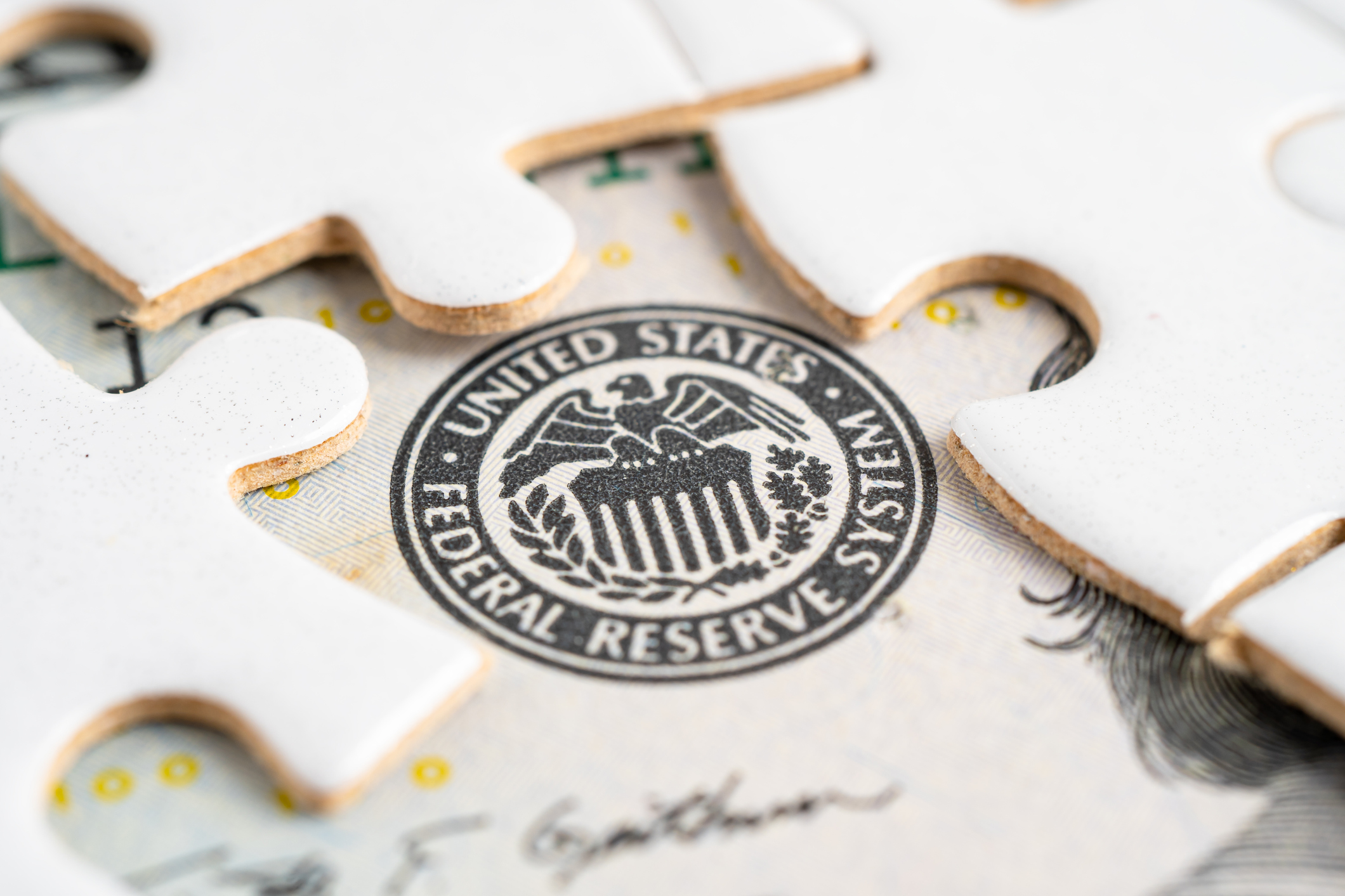
Key takeaways
- The central bank of the U.S. made no changes to rates at its December meeting.
- But investors and analysts are cheering Fed projections that suggest as many as three rate cuts in 2024.
- Defying expectations, the Fed may have concluded its rate-rise cycle without plunging the economy into a recession.
The Federal Reserve delivered a holiday present at its final meeting of 2023, declining to make any moves on interest rates now, but signaling that it expects to cut them as many as three times in 2024.
The central bank raises rates when the economy is overheated, and prices are rising quickly. By making things more expensive, it hopes to quash demand. In contrast, when it cuts rates, it’s because demand has tapered off: people aren’t confident enough to start businesses or buy homes and would rather hold off on a new car or other large purchases.
Since March 2022, when the economy and inflation were running extremely hot, the Fed has hiked rates 11 times, taking them from roughly 0.38% to 5.38% in just over a year. But it held rates steady since the summer of 2023, waiting to see the results of those aggressive moves. Now, it seems, the Fed feels its work is done.
Members of the central bank’s rate-setting committee published forecasts for 2024 that show rates substantially lower — at about 4.60%, down from about 5.38% now.
Investors responded by buying stocks and bonds, expecting both to benefit from the end of rate increases and the possible onset of cuts. But market professionals aren’t just happy that the direction of rates is changing. They’re ecstatic that the Fed seems to have accomplished its goal of slowing the economy without plunging it into recession.
Inflation has been tamed, as the graph above shows, but the job market is still healthy, as shown in the one below.
For the Fed, the current conditions are like having cake and eating it, too.
For consumers, it’s hopeful news. Rates may start to back down soon, meaning it will become less expensive to finance purchases, education and new businesses. If you’re locked into an expensive mortgage, you may be able to refinance, and if you want to take out a loan for something else, that may become more feasible. (It’s worth noting, however, that mortgage rates don’t precisely mimic the rates that the Fed controls.)
And that may happen while the economy remains relatively healthy — before people lose jobs, file bankruptcy or go into too much debt.
It may be a happier new year after all.
The blog articles published by Unlock Technologies are available for general informational purposes only. They are not legal or financial advice, and should not be used as a substitute for legal or financial advice from a licensed attorney, tax, or financial professional. Unlock does not endorse and is not responsible for any content, links, privacy policy, or security policy of any linked third-party websites.”


